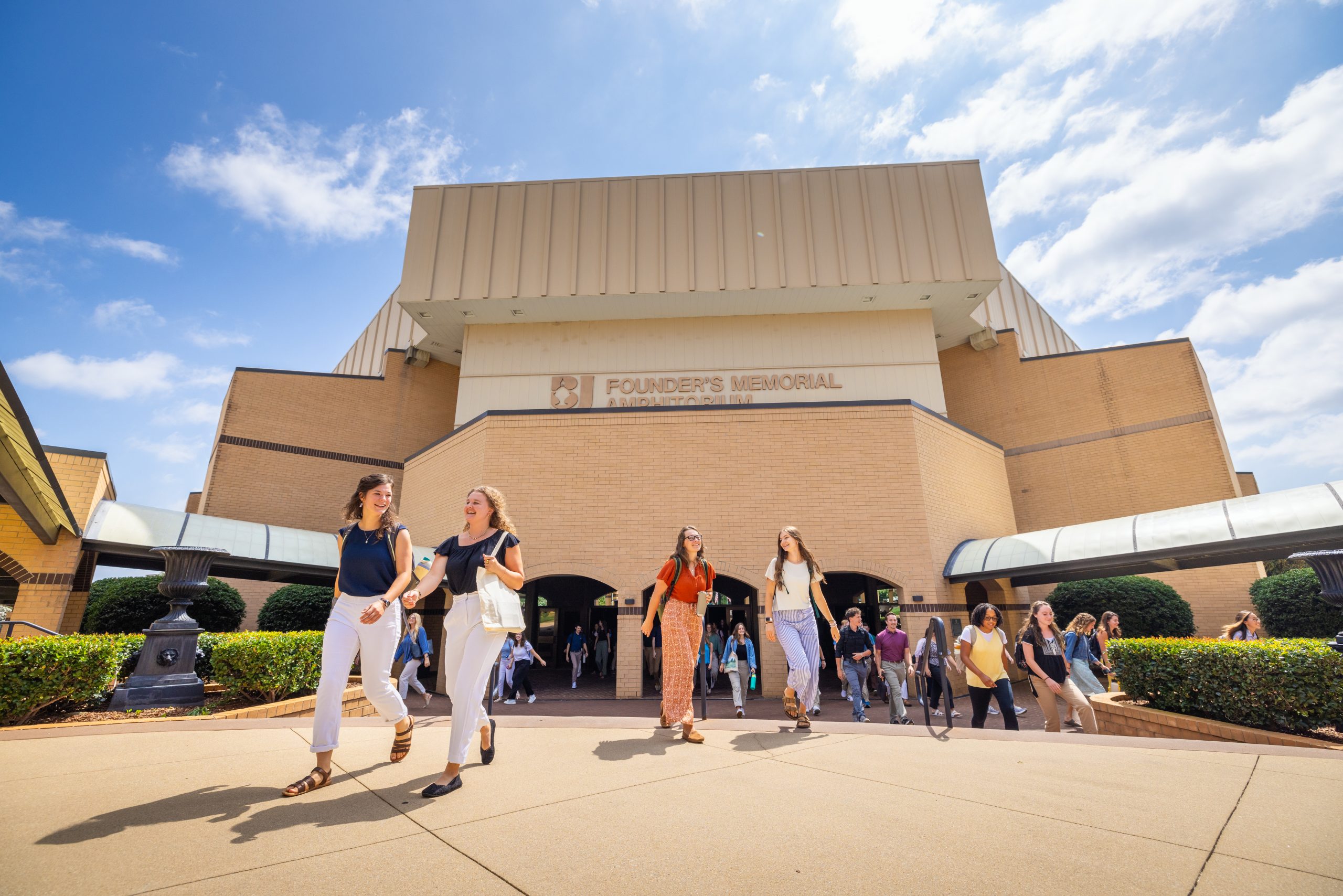YouTube has significantly ramped up its efforts to comply with global regulations on online child safety by expanding the use of its AI-driven age verification system. This marks a major shift from relying solely on a user’s self-declared birthday to using machine learning to estimate a viewer’s age.
🔍 How the AI System Determines Your Age
The new AI system analyzes various behavioral signals from your account activity to infer whether a user is over or under 18 years old.
- Behavioral Signals: The system looks at factors such as video watch history, search queries, the longevity of the account, and any transaction history (like Super Chats or purchases) to build a profile that estimates the viewer’s age.
- Purpose: This technology is intended to ensure that users—particularly teens—are provided with age-appropriate experiences, even if they have not updated or correctly entered their birthday on their Google Account.
🔒 The Impact of Being Flagged as Under 18
If the AI system estimates that a user is under the age of 18, their account automatically has teen protections applied. These safeguards are designed to limit exposure to mature content and promote responsible screen habits.
Key restrictions include:
- Age-Restricted Content: Users are blocked from watching videos that YouTube has classified as age-restricted.
- Ads and Recommendations: Users receive only non-personalized ads, and the platform minimizes recommendations of content that could be problematic if viewed repeatedly.
- Digital Well-being: Features like “take a break” and bedtime reminders are enabled by default.
✅ Verification Options for Misclassified Adults
Adults who are incorrectly flagged by the AI system and wish to regain full access to all content—including age-restricted videos—must complete a one-time verification process. YouTube offers several options:
| Verification Method | Requirement | Key Detail |
| Government-Issued ID | Uploading a photo of a valid driver’s license, passport, or state ID. | The document is used to verify date of birth. |
| Credit Card | Entering credit card information. | This method is used for age verification only; no charge is applied. |
| Verification Selfie | Taking a real-time photo of your face. | Facial analysis algorithms are used to estimate your biological age. |
😠 User Backlash and Accuracy Concerns
Despite YouTube’s official goal of protecting minors, the rollout has been met with significant user backlash across online communities, particularly on Reddit.
- False Positives: A large number of users, including those with accounts spanning over a decade, have reported being mistakenly flagged as minors by the AI system.
- Privacy Concerns: Users are highly critical of the limited verification options, viewing the requirement to submit a government ID, credit card, or biometric data (via a selfie) as an unwarranted invasion of privacy and a potential data security risk.
- “Papers Please” Sentiment: Posts on social platforms like r/youtube show widespread frustration, with users describing the experience as a dystopian “papers please” check, demanding the platform better respect user data and trust.
YouTube has stated it will monitor the user experience and refine the AI model, but the fundamental trade-off between user privacy and regulatory compliance remains a flashpoint for the platform’s global audience.
Feeling lost in the digital world? I am here to help!
Join me every week in this column, Dr. Tom’s Cyber Bits and Tips, for byte-sized advice on all things cyber and tech.
Sign up for our Sunday Spectator. Delivered to your inbox every Sunday, with all the news from the week.

















